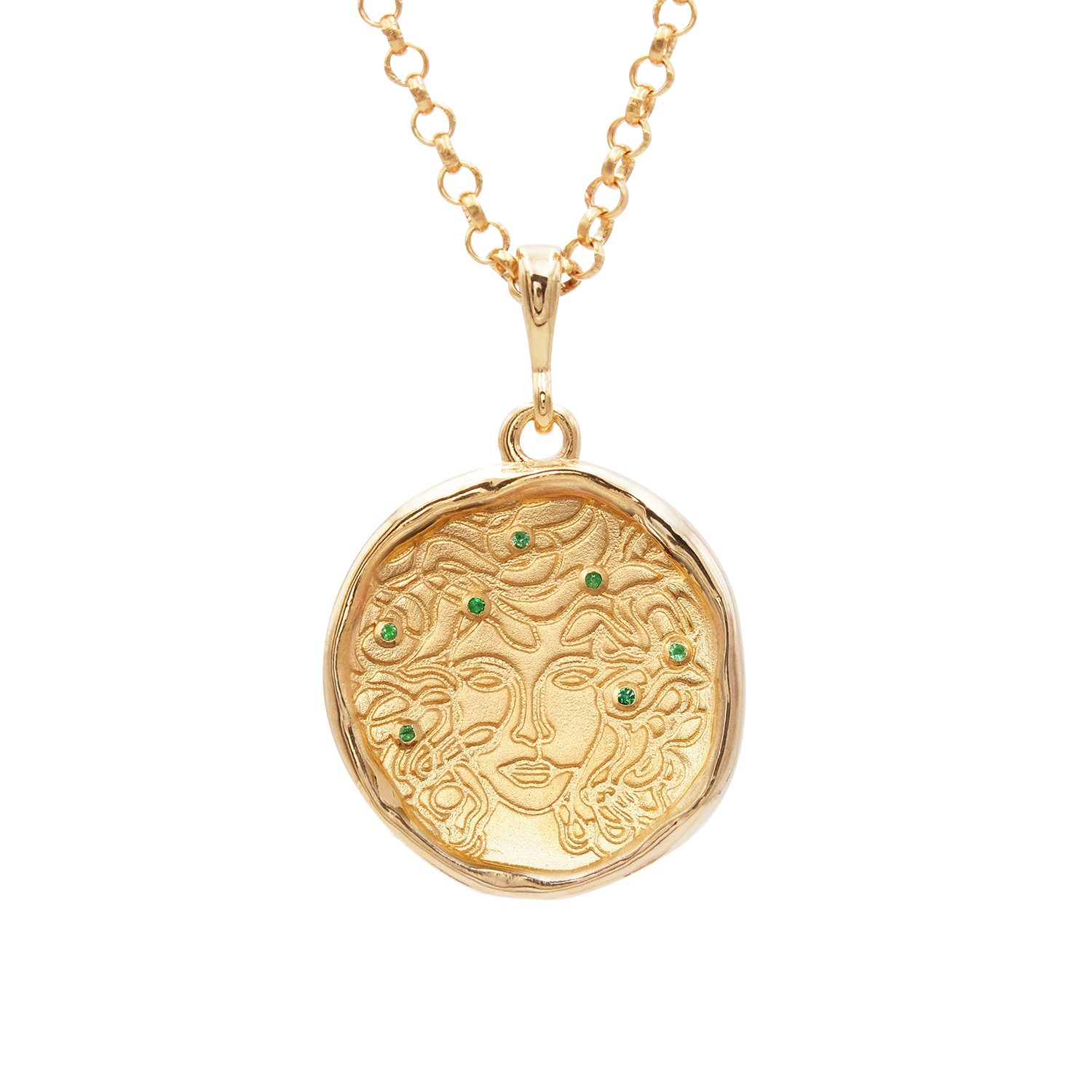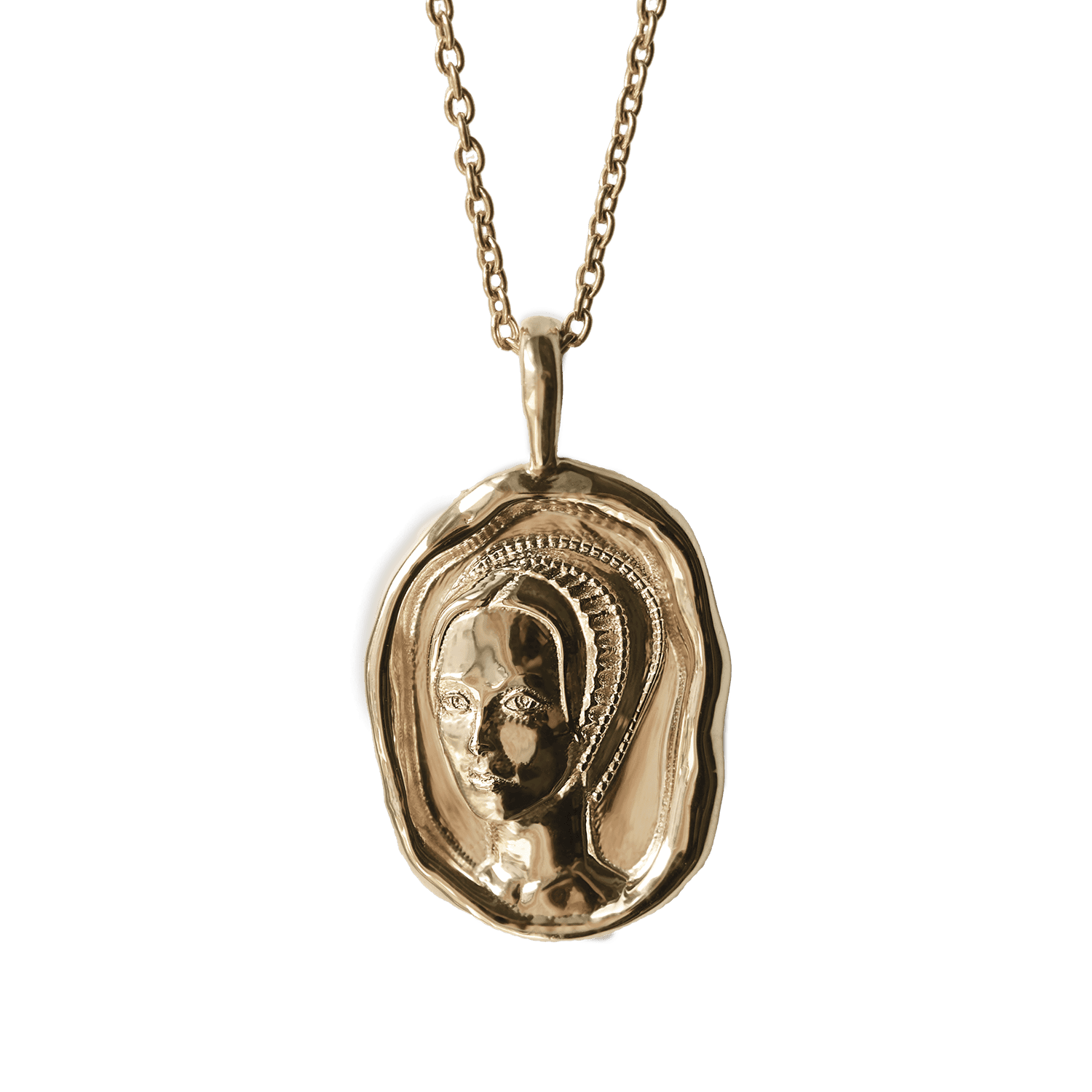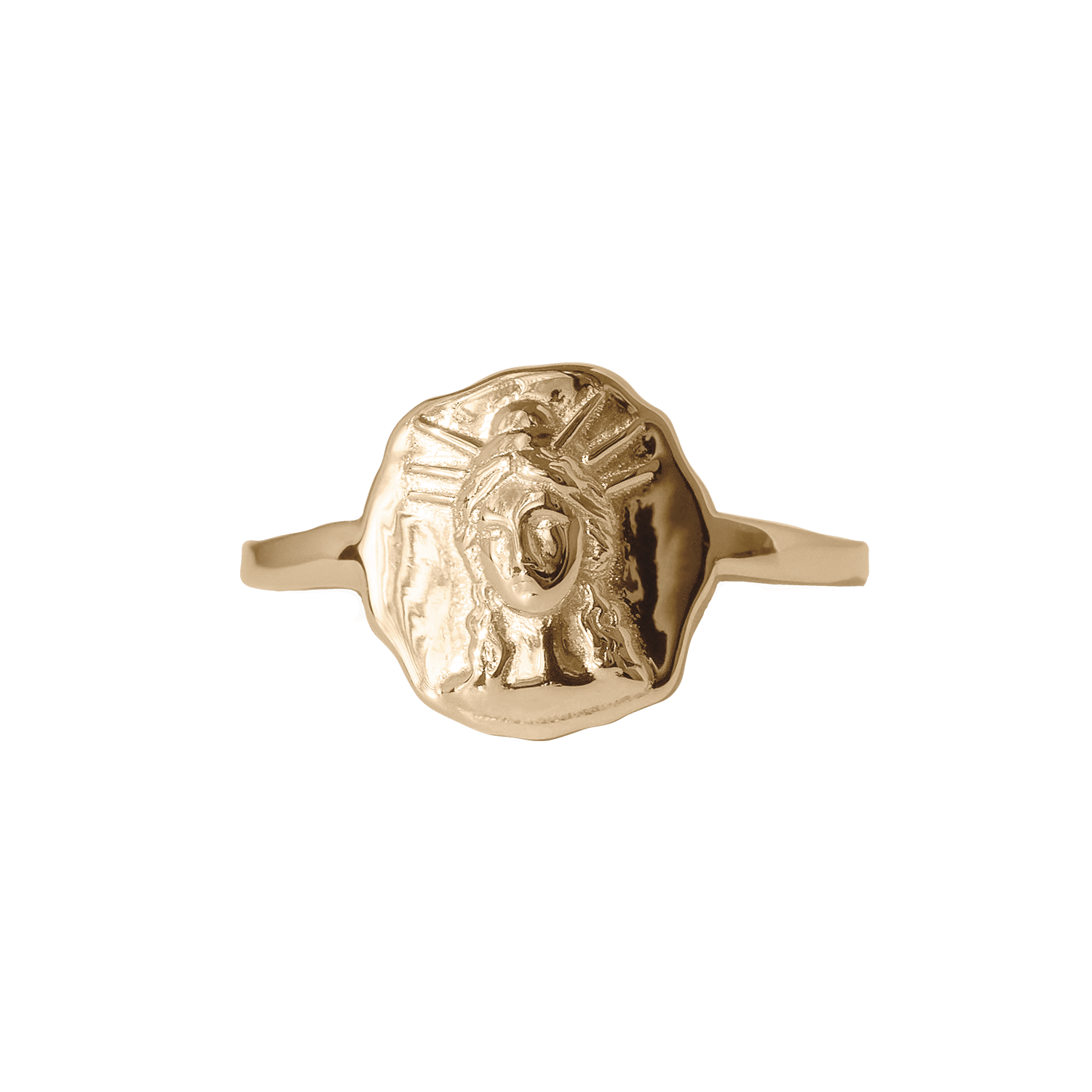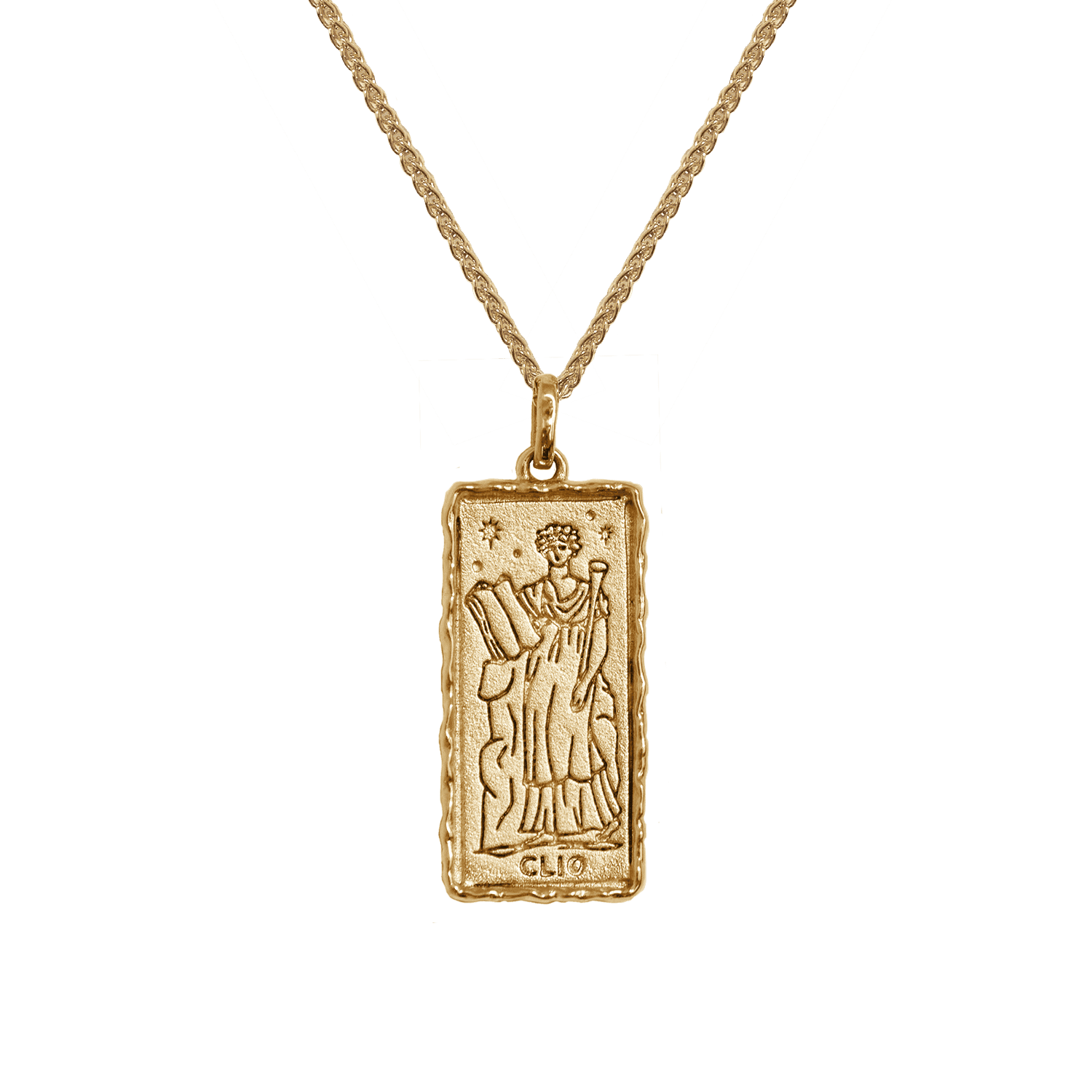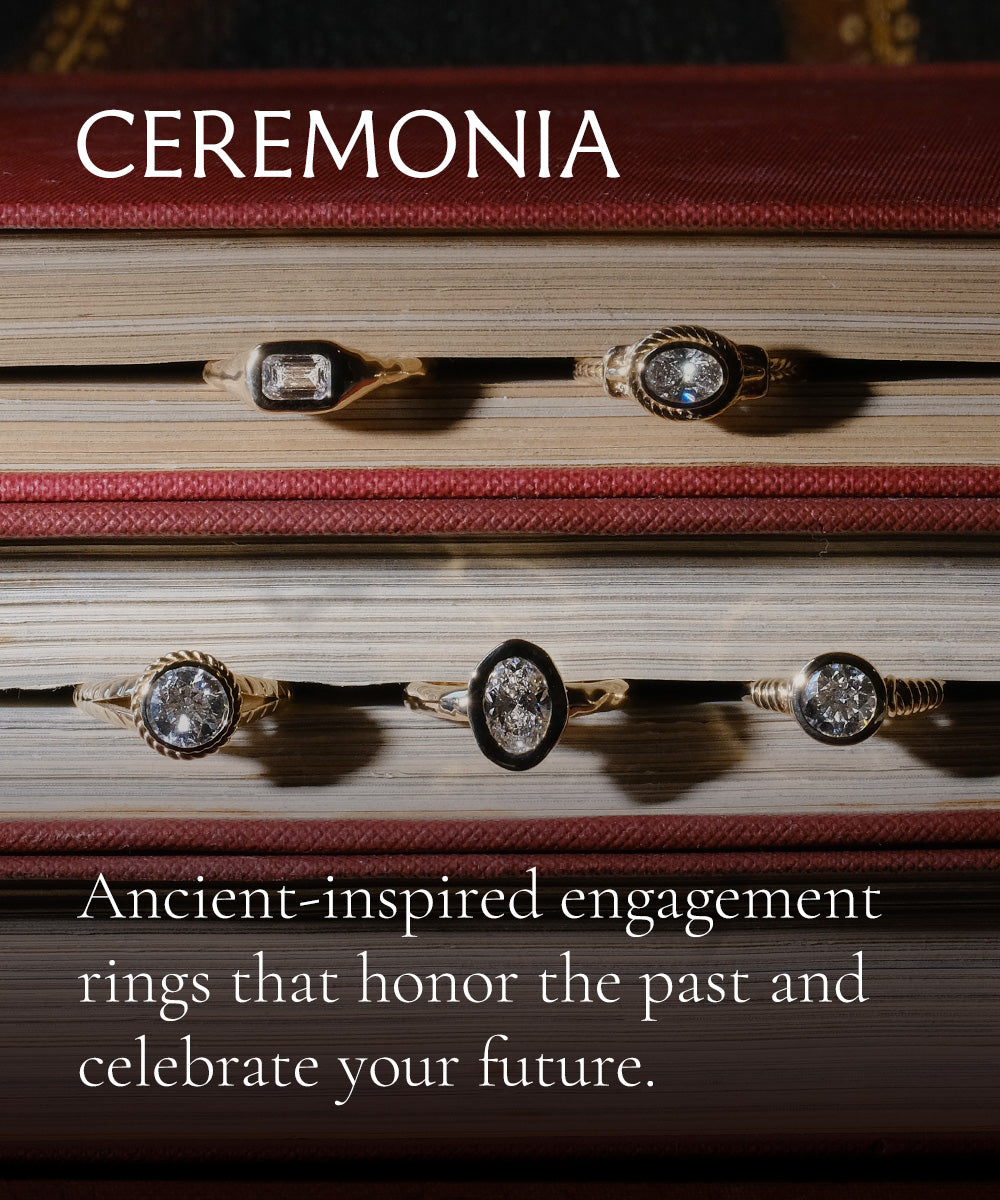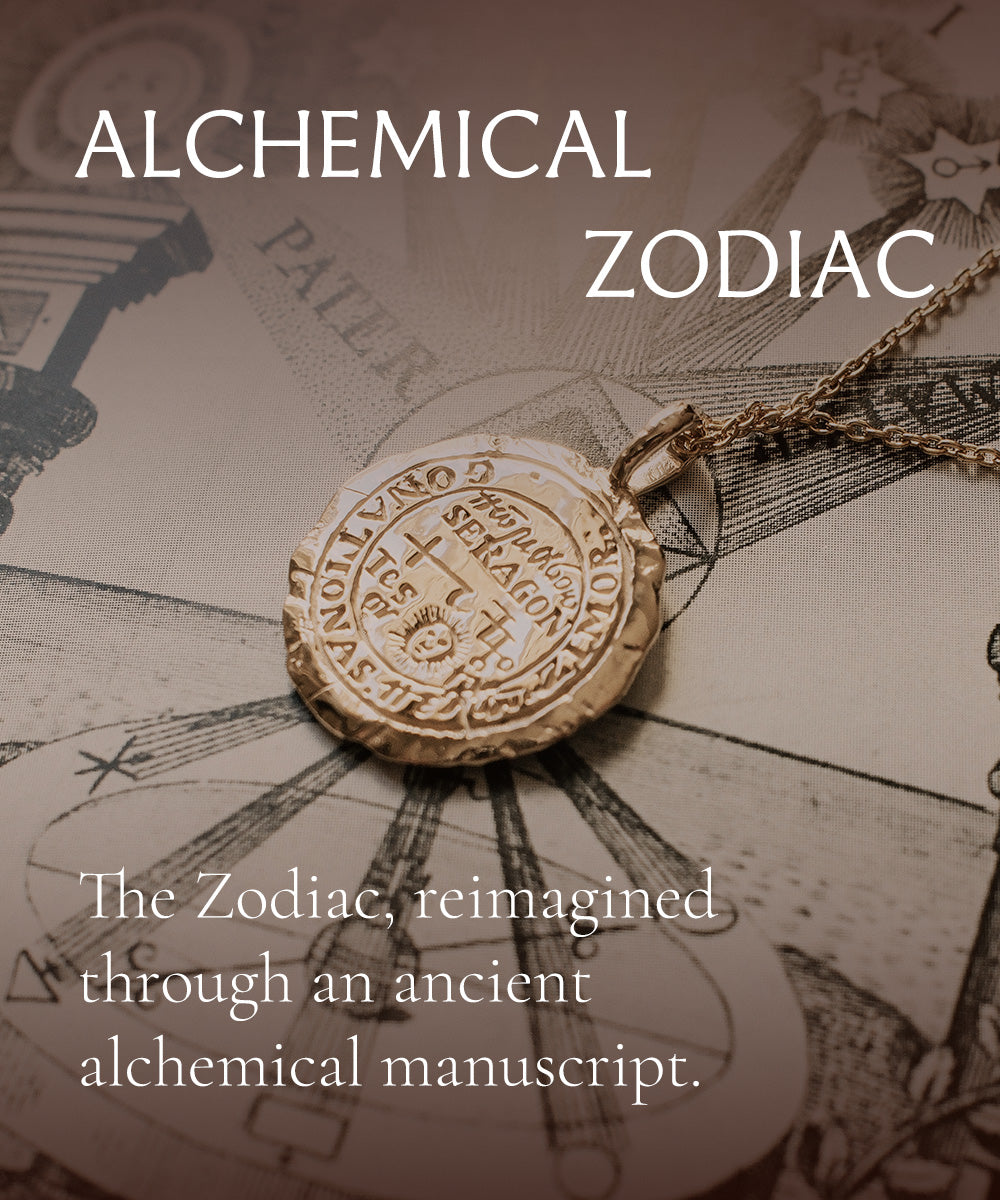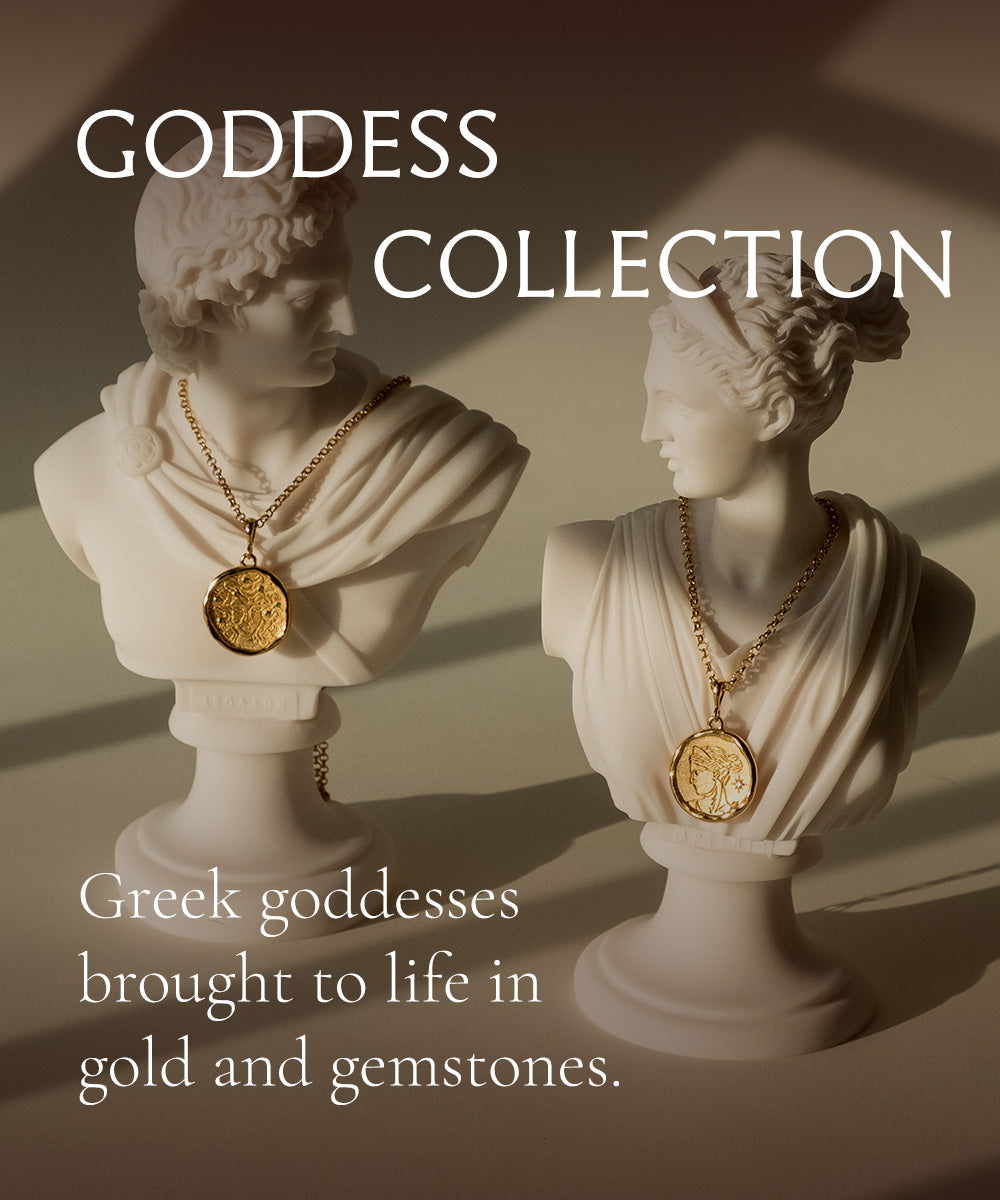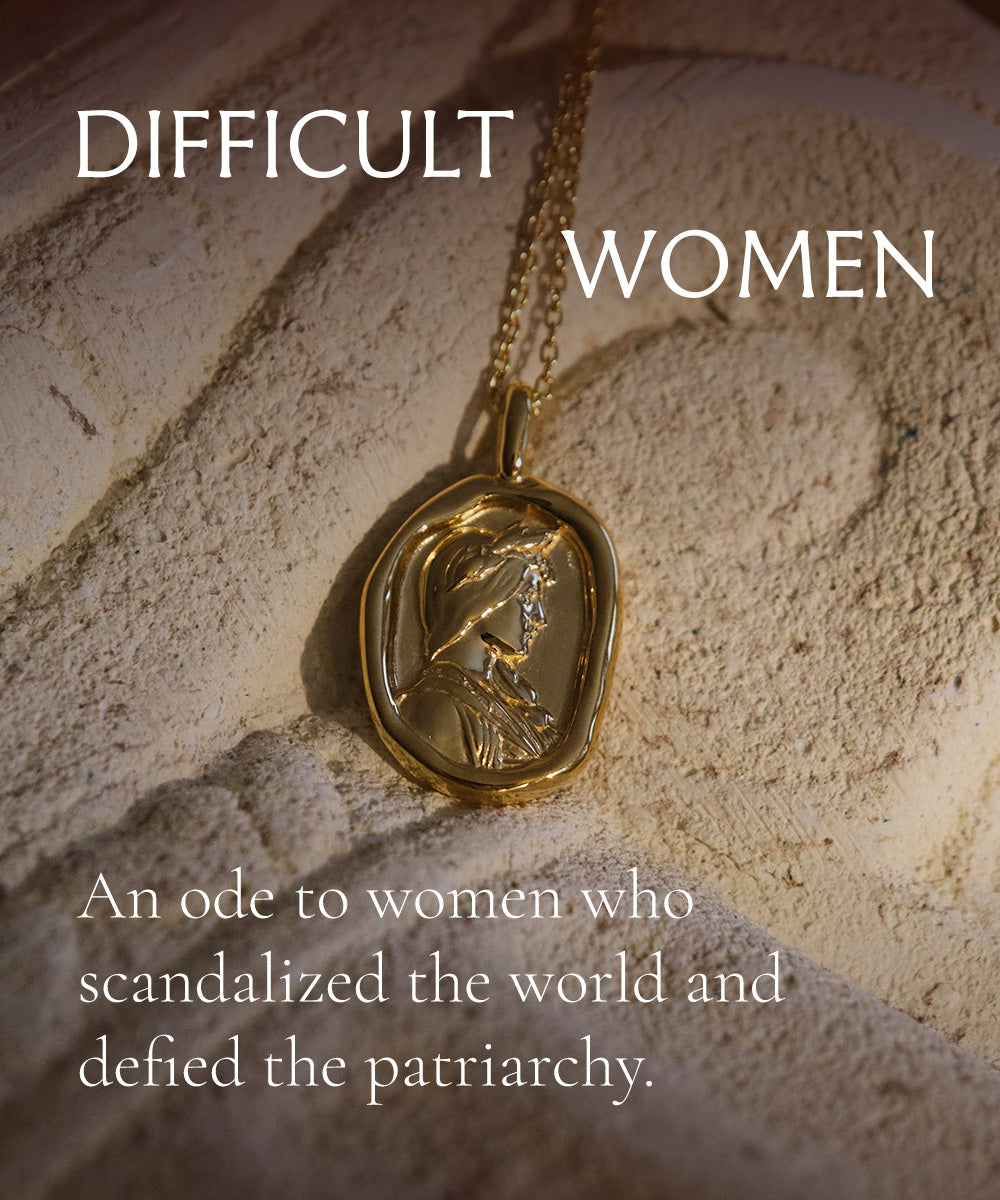People are always curious about how jewelry companies price their pieces - how can that tiny little piece be worth $3000? I was one of those skeptical people until I founded Common Era, and learned so very much about all the various factors come together to help us price our pieces fairly.
Industry standard markups are between 6 - 15x the production price (e.g. one jewelry brand I wont name, who sells simple vermeil chains for $450 that we could source for around $25 🤯) , and while we would dearly love to be making that sort of margin so we could invest back into the business, we have chosen to sacrifice profits for ethics and affordability.
Our pieces are marked up between 1 - 2.5x the production costs because those costs are high, but we want to be affordable and fairly priced compared to the rest of the market. I.e. we don't pass that cost on to you: we incur the cost ourselves and take a hit on our profitability.
I wanted to take some time today to go through exactly what makes our pieces so special, and why they cost us so much to produce:
Solid Gold Material Cost
Solid gold is expensive, and it historically only becomes more expensive each year. When I first went to jewelry school, my teacher told me she remembered when gold was $400 per oz. - it's now $1,800 per oz. (NOTE: I originally wrote this in 2021. As of October 2025 it is now at $4,046 per oz).

When jewelers buy gold, we don't get it at the 'spot price' - that's the price that you see when you google the price of gold as a commodity. We have to go and physically purchase it from a vendor that needs to make a profit. Buying recycled gold also costs a lot more than buying fresh gold, so that also factors into our costs.
The beauty of solid gold, however, is that it lasts forever. It can be passed down through generations, it can be melted down and re-cast into a new piece - it truly is an investment.
Sustainability and ethics
Recycled metals
This is a pretty simple one: recycled metals actually cost more than newly mined ones, at least 15% and sometimes 20% more.
Manufacturing in an ethical atelier
It would cost us significantly less to go overseas and have our pieces made in a mass-manufacturing plant with sub-standard conditions and suspect sourcing methods. Ethical production costs more because the workshop adheres to much higher standards in the areas of responsible supply chain management, working conditions, health and safety, two weeks paid holiday leave, and state-of-the-art equipment. Our workshop is also certified by the Responsible Jewelry Council - the hardest certification to get in the jewelry industry.
We’re a business
Yes, we have a charitable mission and donate 3% of profits to the AWI, but we are also a small business trying to survive in an environment that favors corporations.
On top of the incredibly expensive material cost of gold, we also pay for things like customs, taxes, labor, packaging, inventory storage, fulfillment services, shipping, insurance, office leases, software, domain hosting, photoshoots, lawyers, studio time and advertising. After all of that, there’s really not a lot left over. A business is a business and we need to make a profit. There would be no point in selling jewelry at cost price; I need to pay New York City rent and health insurance!
On some of our solid gold pieces, we don't even make a 1x margin, because we haven't raised prices in line with the raw material price.
We believe emphatically that small, ethical businesses can change the industry and force bigger companies to shift their business models. I hope you will join us.
